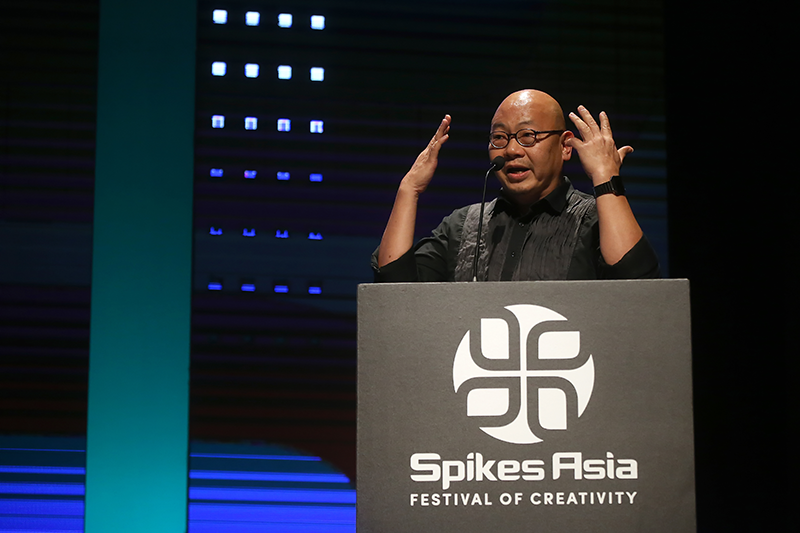How Judging Works

Each year, a lot of interest is focused on the winners of Spikes Asia.
The campaigns, agencies, clients, networks and countries that have been successful are given a platform across the region. But before there are winners, there’s judging.
Enormous consideration is given to who will judge the work and how. The high calibre of our Juries is matched by the high standards we hold them to and the rigorous processes they undertake.
This is what sets Spikes Asia apart and ensures it continues to be APAC's most respected creative accolade.
How is the Jury selected?
What happens after I check out?
Constructing the shortlist
Reviewing & calibrating the shortlist
Awarding metals
Awarding the Grand Prix
How are non-profit organisations and charities awarded?
How do we ensure judging is fair?